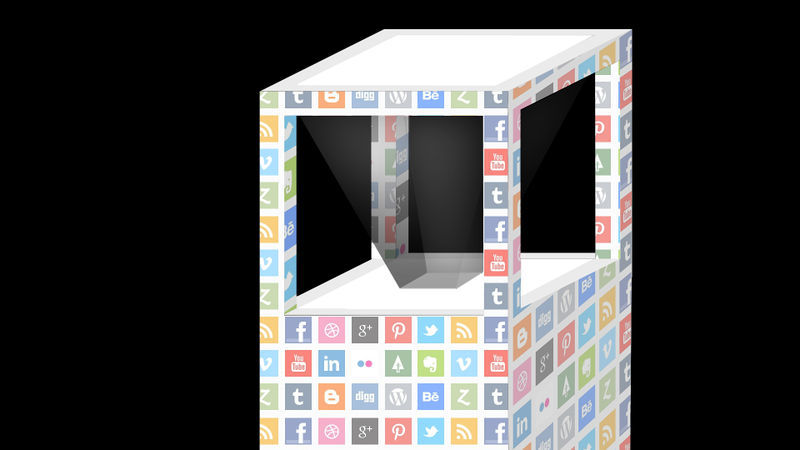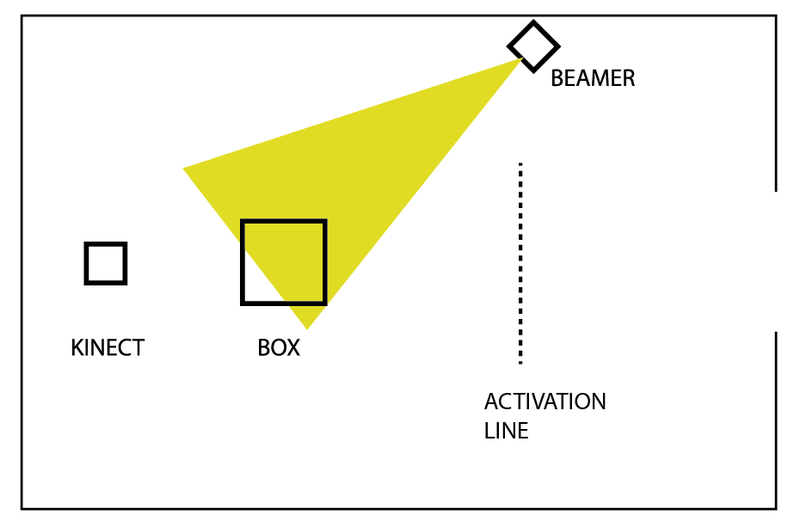Difference between revisions of "Unraveling the infra-ordinary"
LarsNoback (talk | contribs) (→TESTS) |
LarsNoback (talk | contribs) |
||
| Line 100: | Line 100: | ||
[https://www.youtube.com/watch?v=Vb2uojqKvFM GOOGLE GLASSES] | [https://www.youtube.com/watch?v=Vb2uojqKvFM GOOGLE GLASSES] | ||
| + | |||
| + | [https://www.youtube.com/watch?v=sbPG4VMiMF0 SPRITE BOTTLE HOLOGRAM] | ||
==TESTS== | ==TESTS== | ||
Revision as of 10:47, 29 September 2015
Contents
UNRAVELLING THE INFRA-ORDINARY
INTRODUCTION
DESCRIPTION
Design/make/craft one or more objects, spaces (or both) that address changes in physical and/or social behaviour in public and private space due to digital devices. The final design must be based on findings from your initial research and should relate to a clearly articulated perspective. Examples of possible perspectives are: critical, speculative, practical, visionary or other.
KEYWORDS AND FACTS
- WI-FI
- Overflowing Informations
- Exhibition Through Phone
- Out Of Battery can change you Plans
- Biohacking
OBSERVATION
LIBRARY
MARKTHAL
FINDINGS
At the Markthal we noticed that:
- about half of the people there eventually would take out their phone or camera to take a picture
- people walk with their camera app open, looking for photo-opportunities
- people don't take time to look at anything, only through their camera even when they're with other people
- people don't notice other people around them when on their phone
- which causes them to move very slowly and bump into other people
- people follow each other to take the same photo's
- people take photos of everything, even boring/normal things
- once the picture is taken, the moment is gone
Conclusion:
- even when people are physically present in an area with interactive beings and social elements, they're not completely mentally focused on their surroundings (even though they're there as visitors).
- they're more focused on their reality through their screen and on what they can share online.
- they're alway busy with their online profile and not so much with their physical self.
- people don't live in the moment or take time to actually look at where they are
At the library we noticed that:
- almost all people have either a phone or laptop at their side at all time
- most people do not have books with them
- people are still busy with snapchat, instagram, facebook, etc.
Conclusions:
- people go to the library to have a quiet space to focus on their work, but cannot be detached from their digital devices.
- even when they're looking for a place to be alone, they still need to be a part of happening.
PERSONAL EXPERIENCES
One experience that we had outside of our visit to the Markthal is when people 'interact' with you online, but ignore you when you physically pass them. For example when they like your pictures on facebook and then don't say anything to you when you're in the same space or even pretend to not see you.
INTENTIONS
We want to make a critical piece about our findings.
We specifically 'like' the change of behaviour when people switch between online and physical interaction with other people.
We want to show that our phones don't add anything to our personal experience, but are only there for the people we want to connect to online and that it actually takes away from our own physical experience. There's a separation between physical and mental, our bodies are here (still interfering with other physical beings) but our minds are in our devices.
This ability to create a different world with our devices isn't necessarily a bad thing, but the way it's used is a bad thing to us, because we sacrifice our physical lives for what we want to be online.
In which world am I now?
VISUAL REFERENCES
TESTS
Hologram test: https://www.youtube.com/watch?v=tMAu4tM1t5U
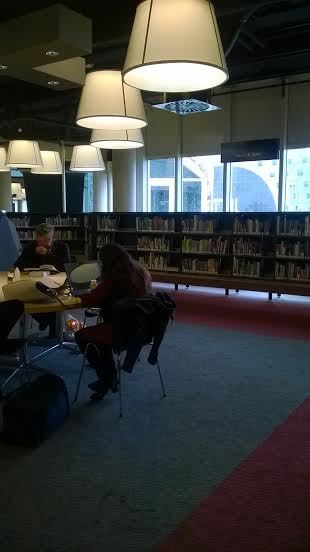
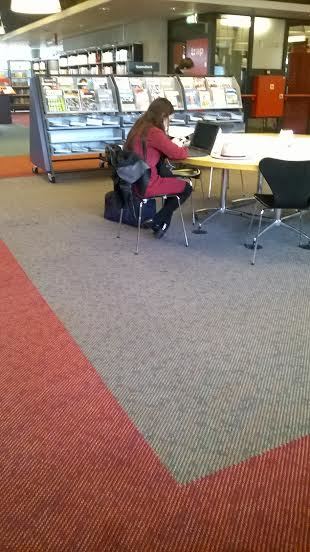

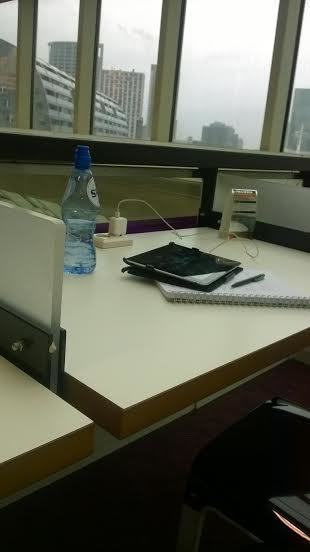
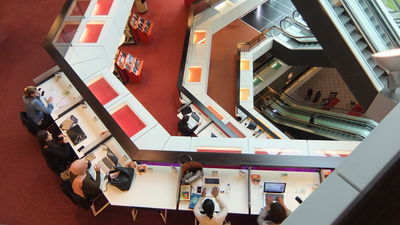
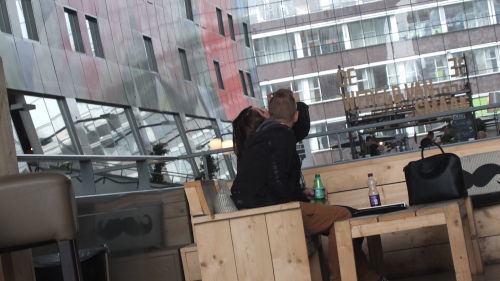
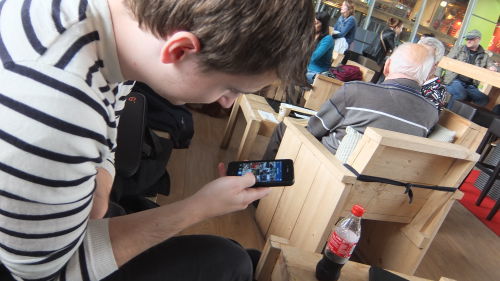
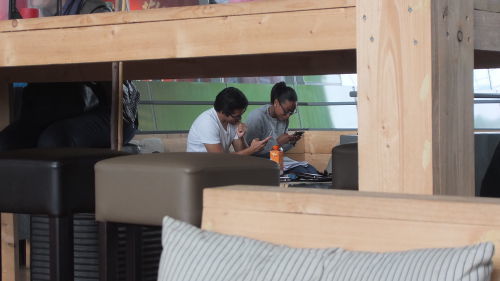
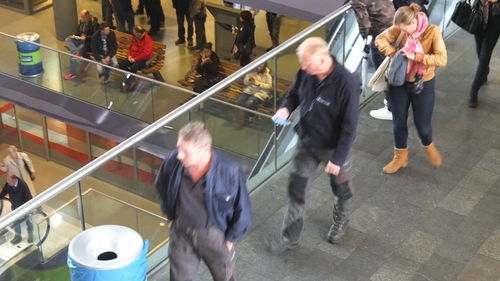
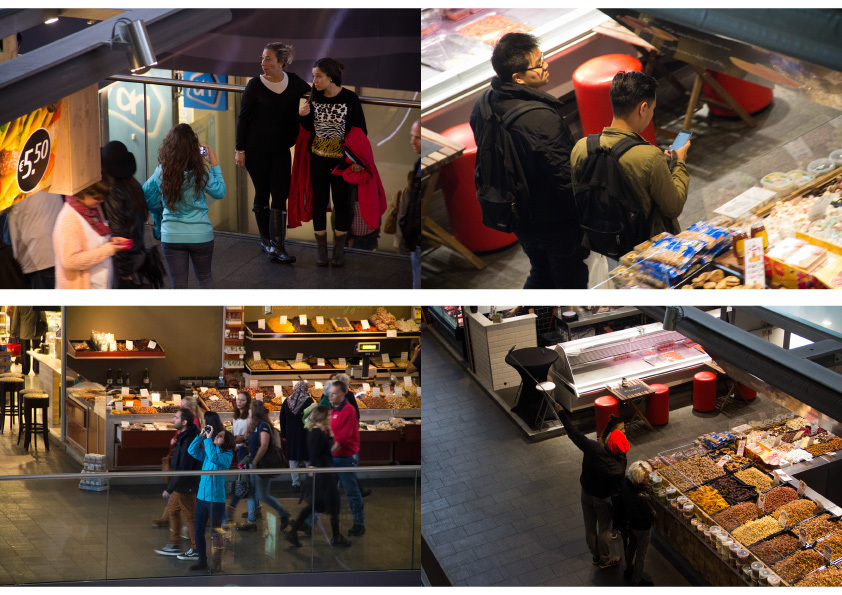
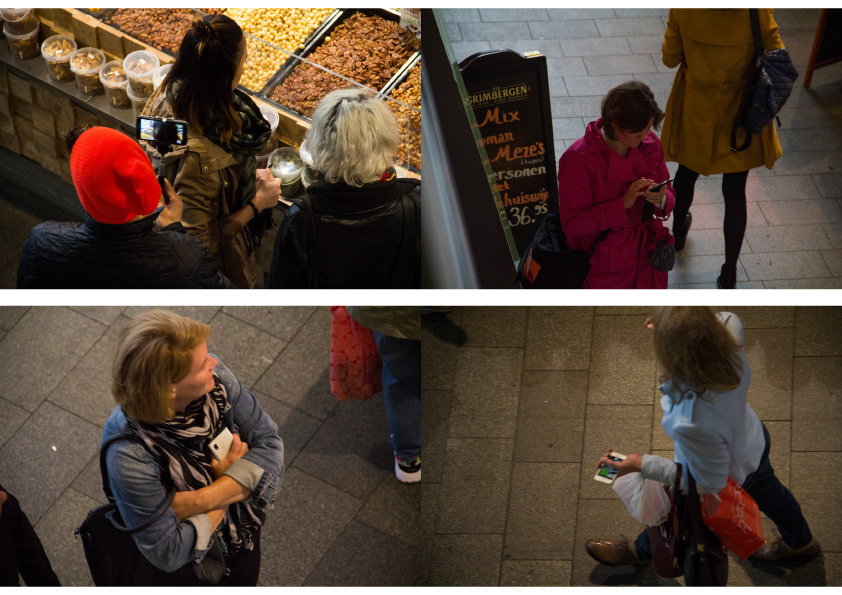
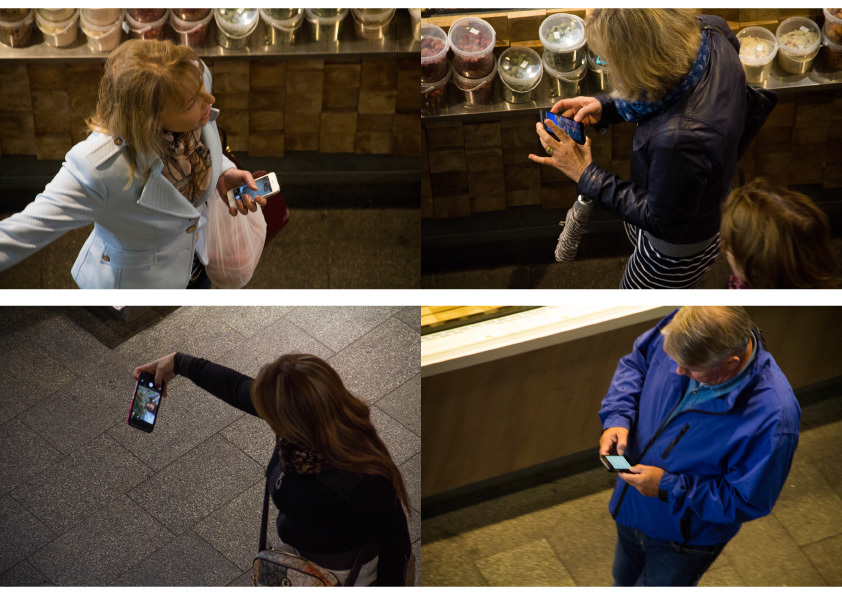
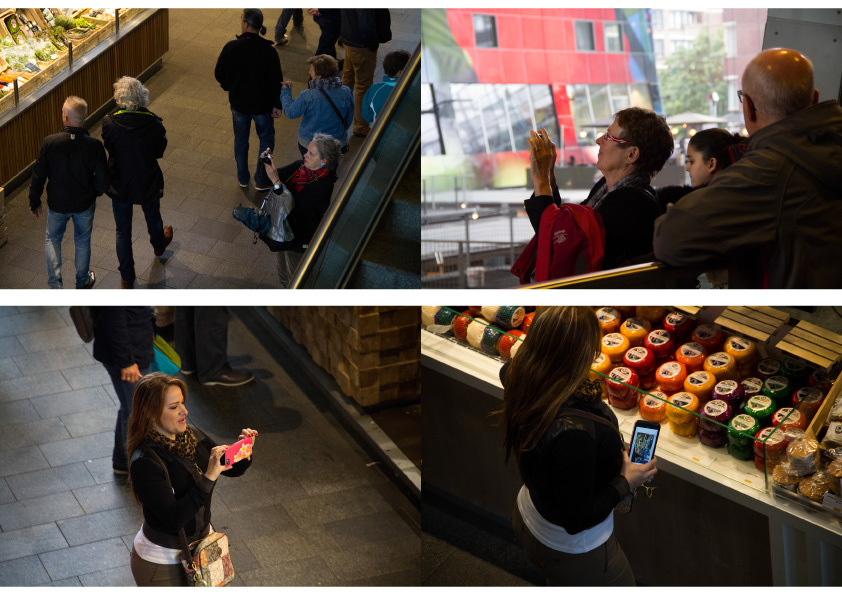
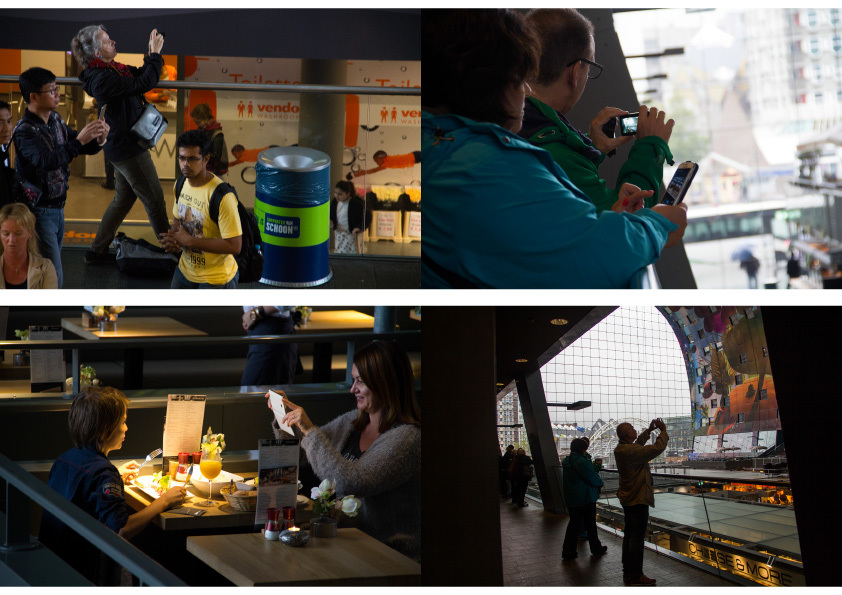
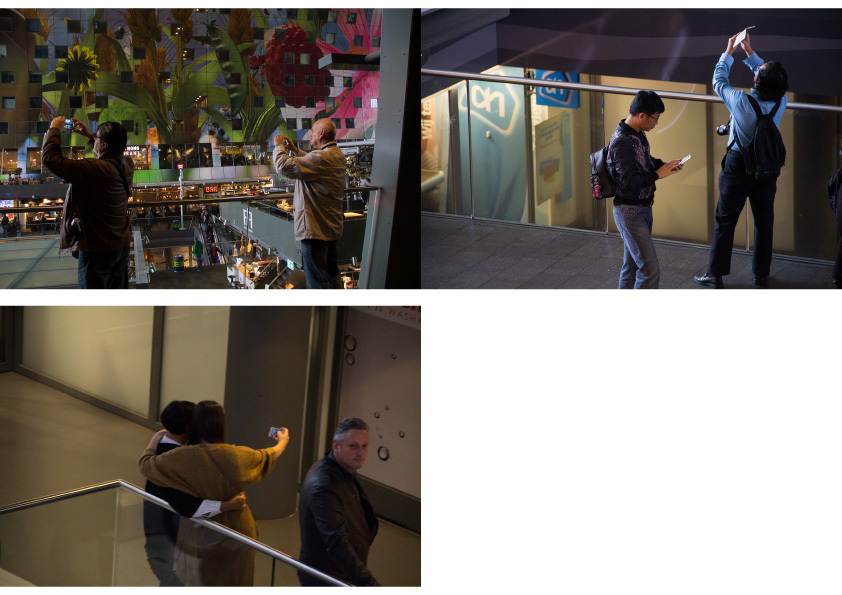
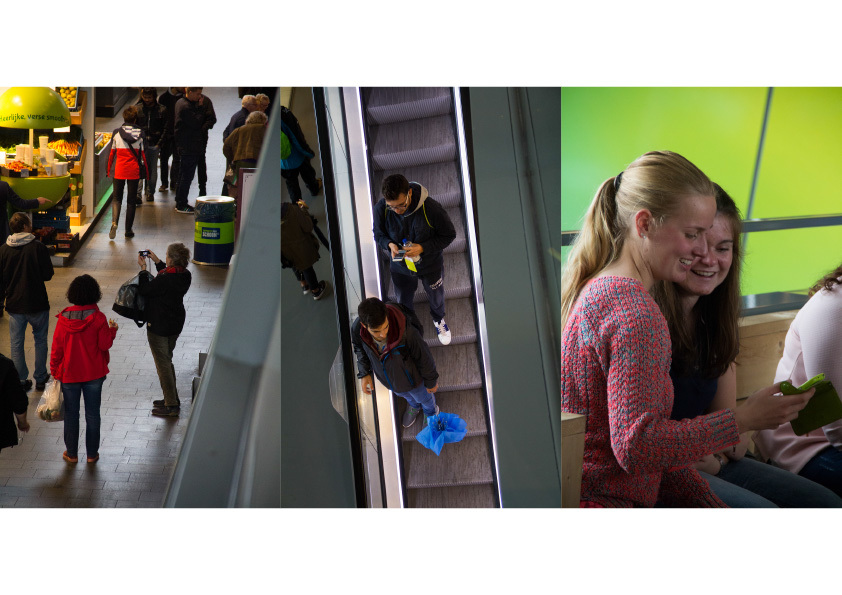
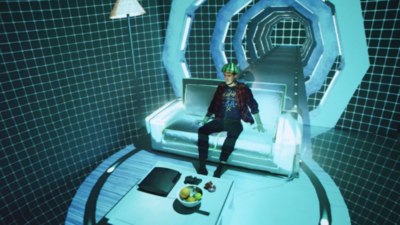
![250px] [https://vimeo.com/123491835 DECHARGE ELECTRIQUE](/digitalcraft/images/8/8c/Living_room.jpg)
